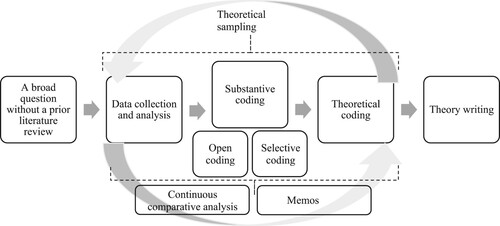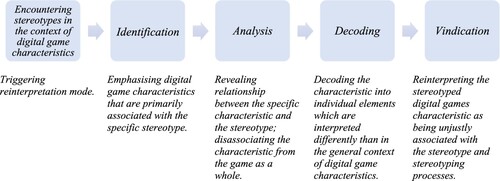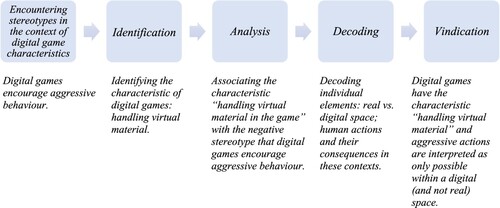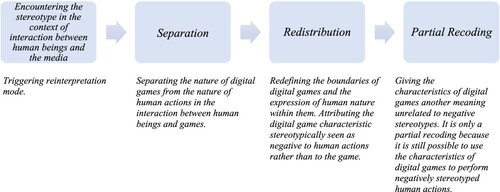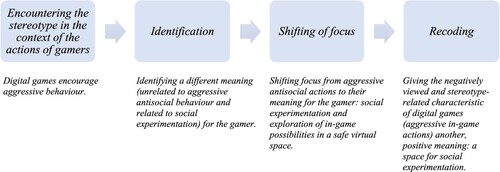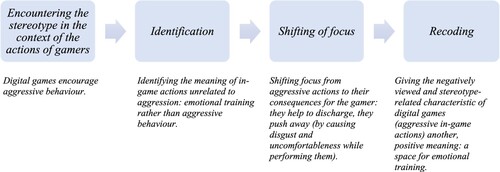Figures & data
Figure 4. Handling of virtual material rather than aggressive actions: meanings before and after reinterpretation.
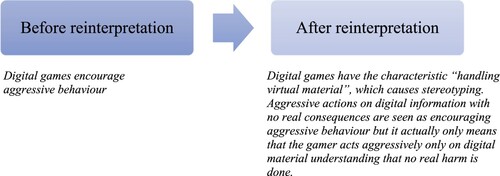
Figure 5. Open in-game actions visible to everyone rather than aggressive actions: reinterpretation phases.
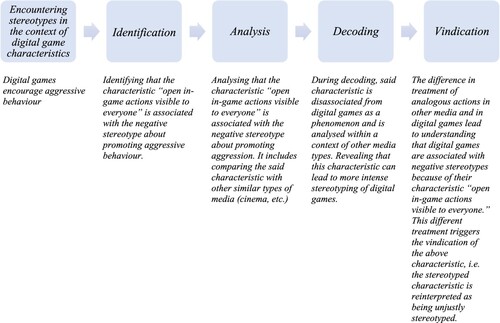
Figure 6. Open in-game actions visible to everyone rather than aggressive actions: meanings before and after reinterpretation.
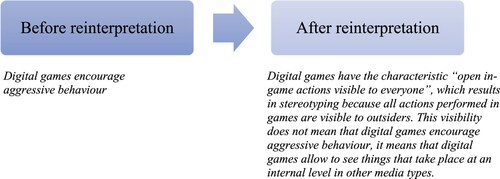
Figure 8. Digital games do not encourage aggressive behaviour, aggressive behaviour is in human nature: reinterpretation phases.
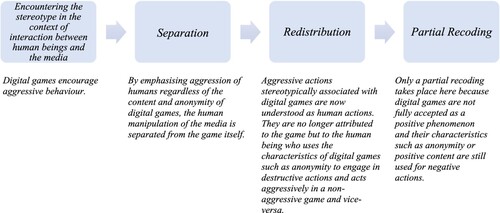
Figure 9. Digital games do not encourage aggressive behaviour, aggressive behaviour is in human nature: meanings before and after reinterpretation.

Figure 11. A space to sublimate masculine powers rather than aggressive actions: reinterpretation phases.
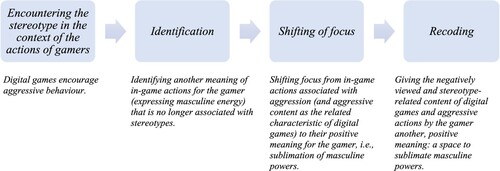
Figure 12. A space to sublimate masculine powers rather than aggressive actions: meanings before and after reinterpretation.

Figure 14. Social experimentation rather than aggressive actions: meanings before and after reinterpretation.


